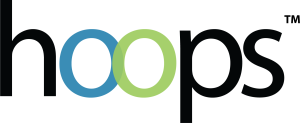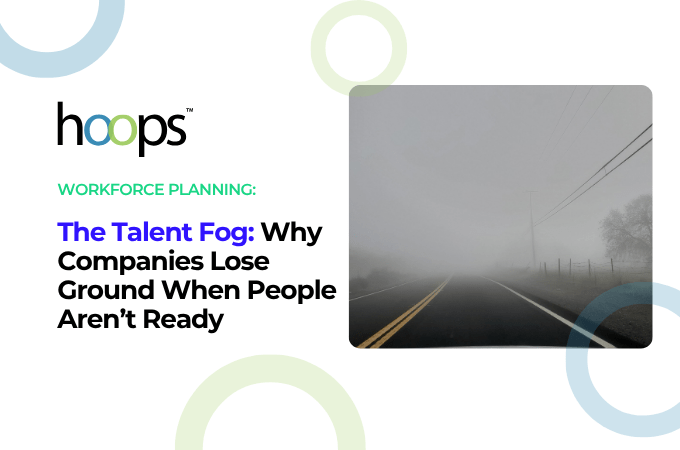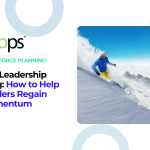Every operation starts the same way. A plan. Objectives set. Teams aligned. Resources allocated.
Then the conditions change. A key leader leaves. A project doubles in scope. A new contract hits faster than expected.
Suddenly, the plan that looked knit-tight on paper starts to unravel. You realize your people aren’t fully prepared for the deviation.
And that’s when it hits: the biggest threat to execution isn’t the market — it’s whether your team is ready to adapt when the plan shifts.
In the military, this moment is known as the fog of war — that instant when visibility disappears and confusion replaces clarity. Every commander dreads it, because once you lose sight, you start reacting instead of leading.
In business, it looks different but feels the same. The fog rolls in when execution slows, priorities collide, or when the people you’re counting on aren’t equipped for the shift.
That’s what we call the talent fog. And it’s why even good companies lose ground. Not because the strategy was wrong, but because there was no people path to deliver it.
The Real Mission: Building Workforce Readiness
Most organizations think they’re chasing growth. In reality, they’re chasing readiness—the confidence that their people can execute the mission, whatever changes come.
Workforce readiness means your teams are capable, aligned, and equipped for the next phase of growth. It’s not about how many people you have. It’s about whether the right ones are ready at the right time.
When readiness is high, decisions move faster. Operations stay predictable. Customers feel consistency.
When it’s low, even small problems multiply.
That’s why readiness is the ultimate competitive advantage. McKinsey research found that S&P 500 companies that effectively manage and develop their people produce 300% more revenue per employee than the average firm — a clear sign that people capability drives business performance, not the other way around.
How the Fog Creeps In
In military planning, the fog doesn’t arrive all at once—it builds quietly through lapses in coordination and communication.
The same happens in companies. It starts with small cracks in visibility:
-
No clear successor for key roles.
-
Uncertainty about which skills will matter next.
-
The same few people holding everything together.
-
Turnover addressed after it happens, not before.
Then a leader leaves, a project accelerates, or the market shifts, exposing how thin the bench really is.
That’s when you realize you’ve been operating under the talent fog.
When Companies Move Without Readiness
In combat, poor visibility costs ground. In business, it costs opportunity.
When leaders advance without workforce readiness, the cracks surface when pressure hits:
-
Execution slows: Projects slip, deadlines move out, and leaders spend more time firefighting than steering strategy. Momentum fades as teams wait for direction instead of driving it.
-
Morale declines: The same people carry the load. They’re stretched thin, undervalued, and sensing instability. Trust erodes, and your best performers start exploring companies that run steadier and invest deeper in their people.
-
Profit erodes: Overtime climbs. Quality drops. Customers feel the inconsistency. The financial hit isn’t sudden — it creeps in through missed targets, rework, and turnover until performance feels heavier to move and harder to recover.
According to Gallup, disengaged teams deliver 18% lower productivity and 37% higher absenteeism. Every lost hour of output, every unplanned resignation, compounds into real financial loss and eventually, strategic drift.
The hardest truth? You can’t build readiness mid-battle. Once the cracks appear, you’re already reacting instead of leading.
The New Reality: Clarity, Control, and Confidence
The leaders who win are the ones who see the field clearly.
They build structure, direction, and defined decision paths so that when conditions shift, their people already know how to move.
They treat workforce readiness as a discipline woven into how they plan and operate. They forecast skills like revenue. They train for succession before vacancies appear. They measure capability with the same rigor they measure output.
When the fog lifts, here’s what their world looks like:
- Critical roles and risks are visible.
- Depth exists—capable successors ready to step in.
- Capacity flexes up or down without losing speed.
- The workforce is aligned, confident, and ready for what’s next.
That’s not luck. That’s leadership with a clear people strategy.
How to Start Building Workforce Readiness
You don’t need a full command center to start. You just need visibility, rhythm, and leadership intent.
1. Identify your critical positions.
These are your choke points — the 10 to 15% of roles that keep the business moving. Document them. Assess how long you could operate if each went vacant. That’s your first risk map.
2. Measure readiness, not just retention.
For each critical role, identify who’s ready now and who’s next. Score readiness across skills, leadership ability, and decision-making. This isn’t paperwork. It’s situational awareness.
3. Forecast future capability.
Look twelve to 12-24 months ahead. What business initiatives are on the horizon? What skills will those require? Start developing or sourcing them now.
4. Run readiness drills.
Pick one critical scenario — a supervisor leaves, a new client doubles volume, or a regional manager gets promoted. Simulate how your organization would respond. You’ll find weaknesses faster than any report.
5. Track readiness as a leadership metric.
Add it to your operating rhythm. Review it quarterly. Treat it as seriously as you treat revenue, safety, or production efficiency.
These actions build muscle memory. Over time, workforce readiness becomes part of your culture — not a side project, but how you lead.
Leadership Lessons from the Field
In the military, plans rarely survive first contact. What wins the day isn’t the plan—it’s prepared people.
In business, the same rule applies. Markets shift. Technology evolves. Customer expectations climb.
Your real advantage is your team’s ability to adapt faster than the competition.
That’s what workforce readiness delivers: stability in motion. Confidence under pressure. Teams capable of executing the mission, whatever the conditions.
The Bottom Line
Most companies don’t fail because of their growth or revenue strategy. They fail because they never built the workforce readiness to deliver it.
They start to scale without clarity on whether their people are trained, equipped, and ready to deliver. They lose momentum to blind spots they never knew existed.
The companies that win treat readiness as a constant. They don’t wait for the fog to lift. They build systems, visibility, and discipline to lead through it.
Because when your people are ready, your next move isn’t a guess. It’s a plan.
How Hoops Helps Leaders Build Readiness
At Hoops, we help organizations turn workforce readiness into a measurable advantage.
Our team combines data, process, and leadership insight to help you:
-
See your talent gaps clearly. Through our Talent Review Engagement, we map critical roles, bench strength, and succession risk so leaders know where readiness is strong—and where it’s exposed.
-
Fill those gaps strategically. Our contained and executive search services focus on performance alignment and cultural fit, not just resumes. We help you place the right people in the right seats, fast.
-
Sustain readiness year-round. Our integrated people strategy approach—combining recruiting, onboarding, and leadership development, and more—keeps your workforce aligned, agile, and ready for what’s next.
This is how we help leadership teams move from reactive to ready—building the confidence and capacity to grow, even when conditions shift.
Build your winning team. Stay ready. Always.
👉 Let’s talk about how we can help you build the workforce readiness every company goal depends on.
Build Your Winning Team. Hire and Scale Talent.







